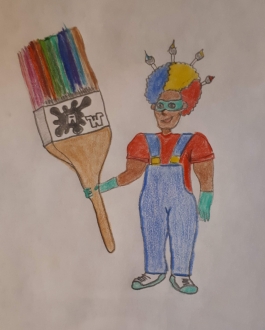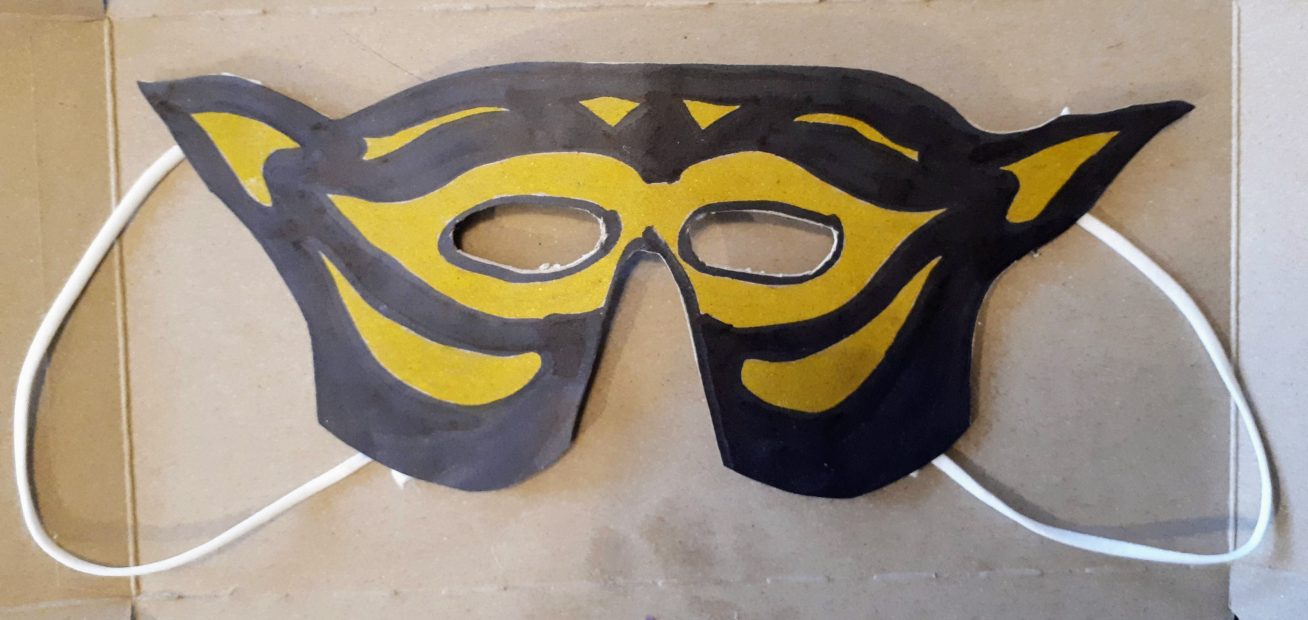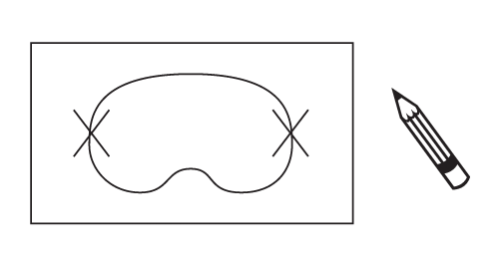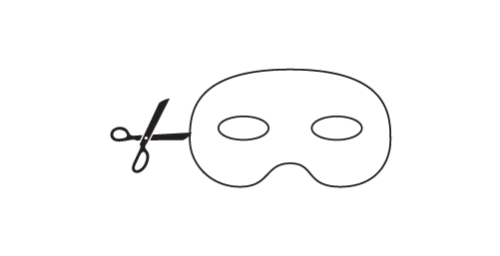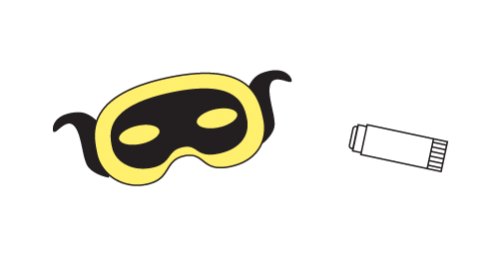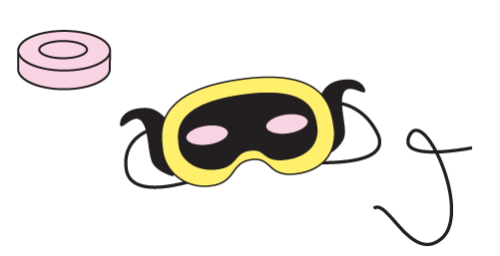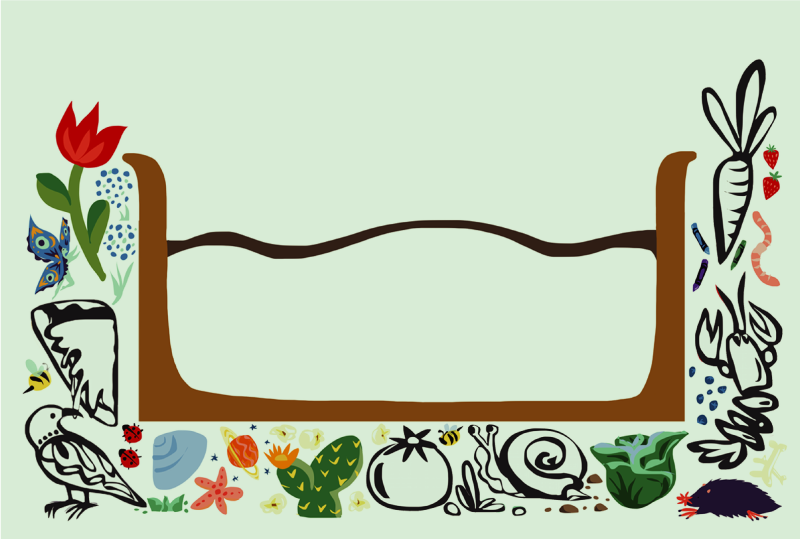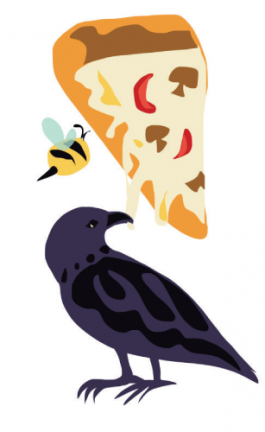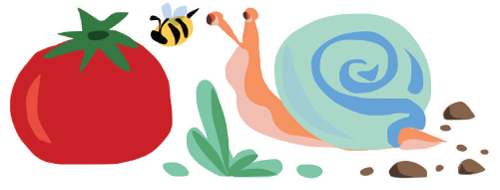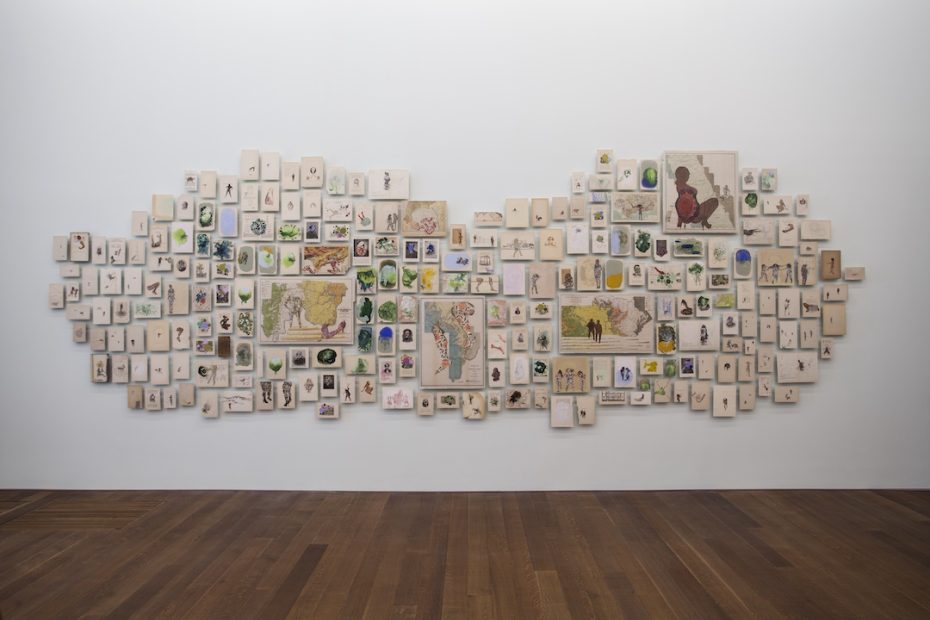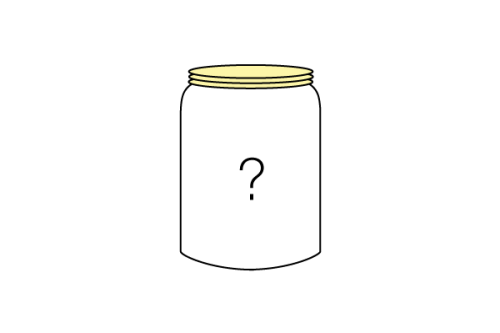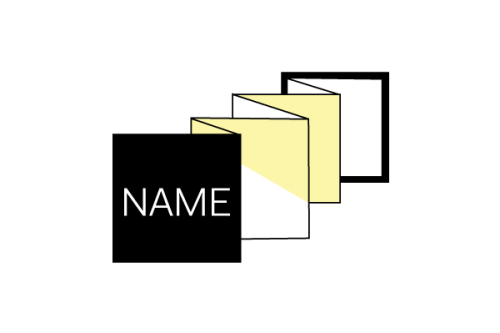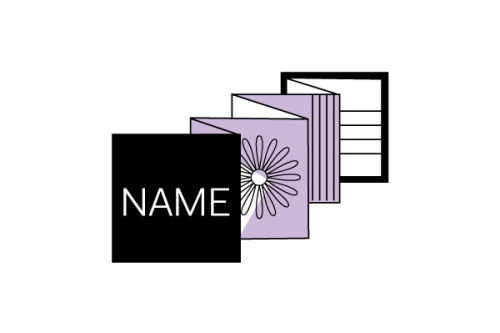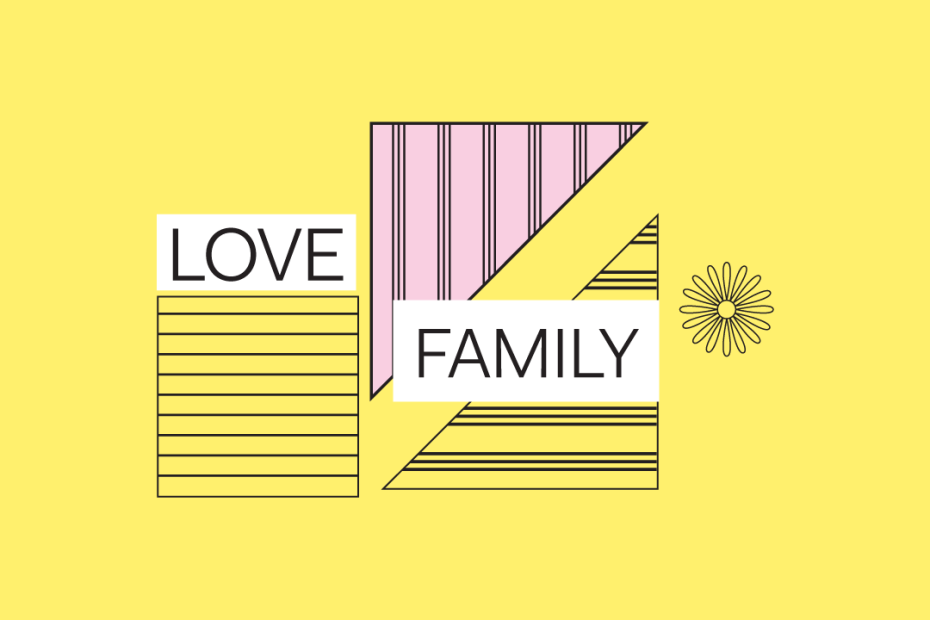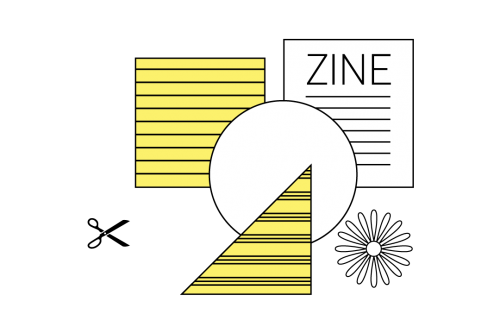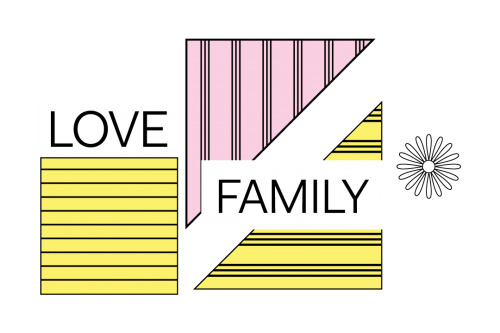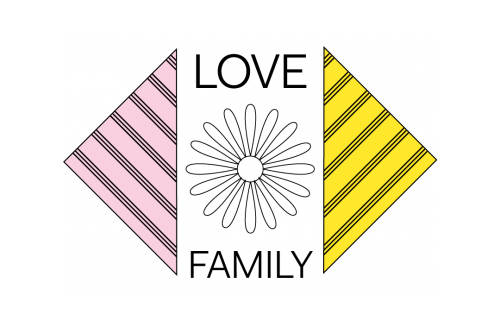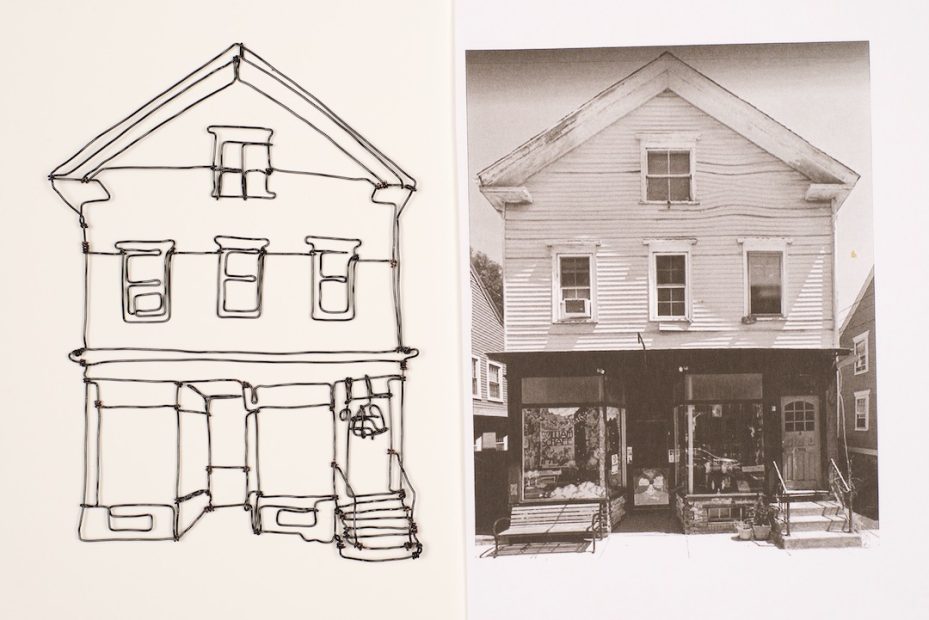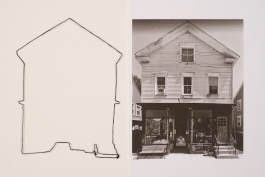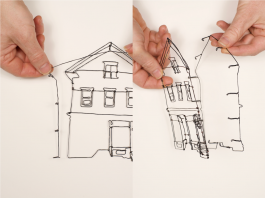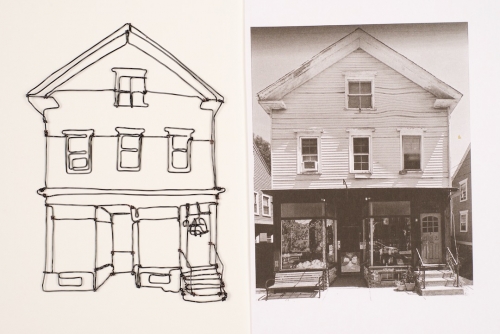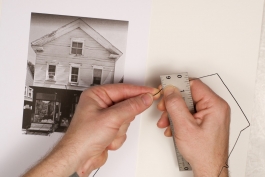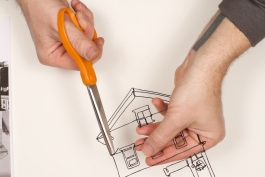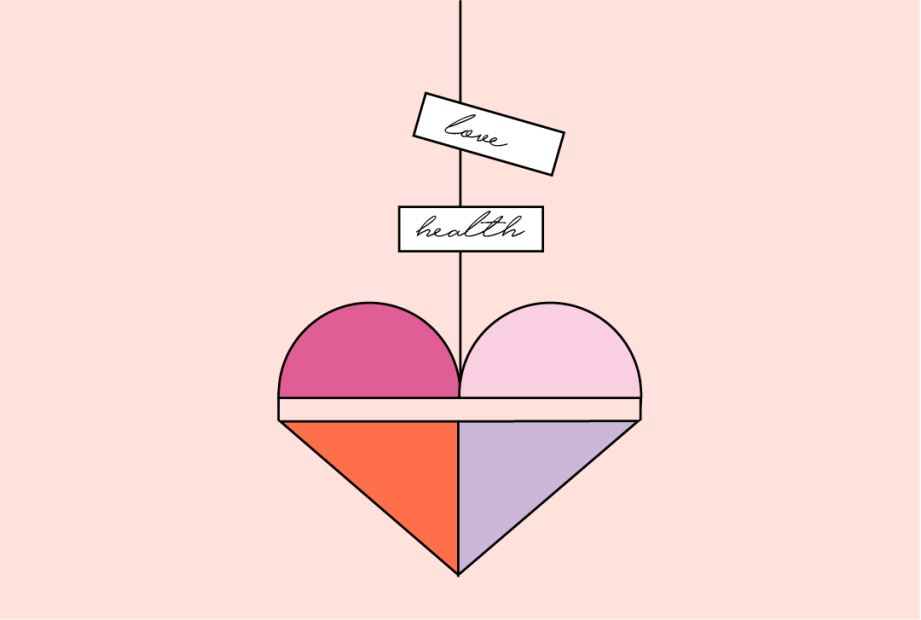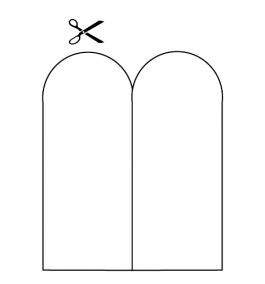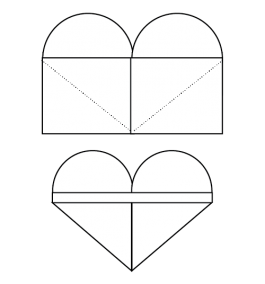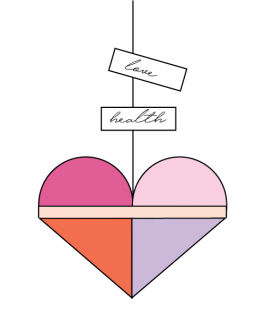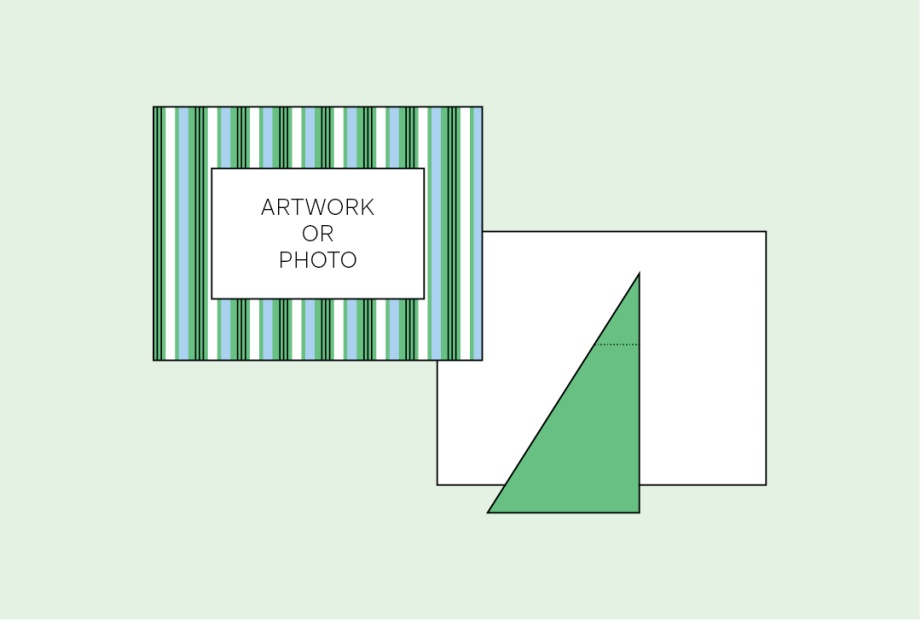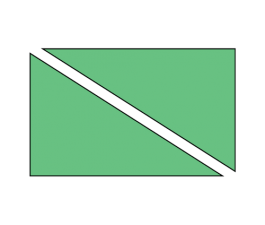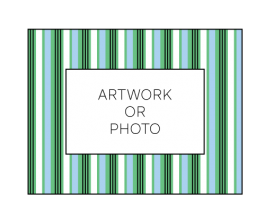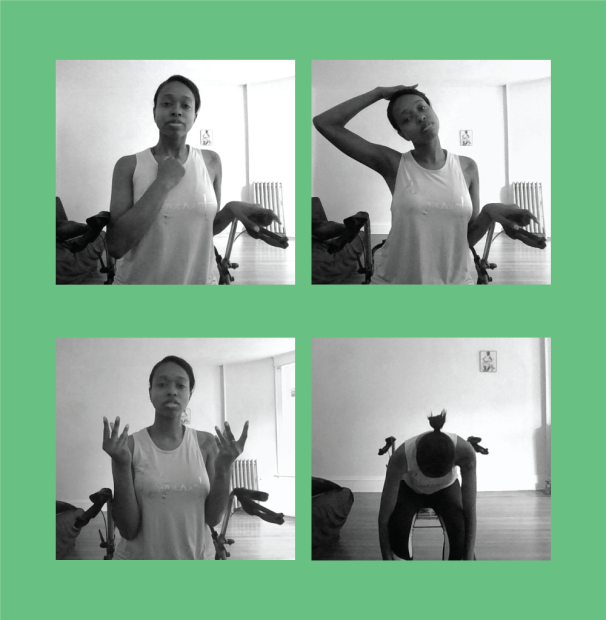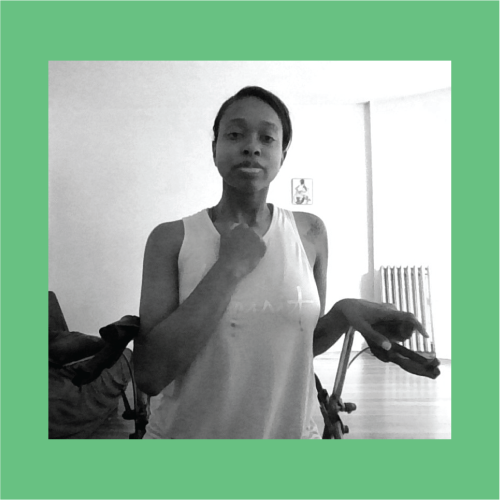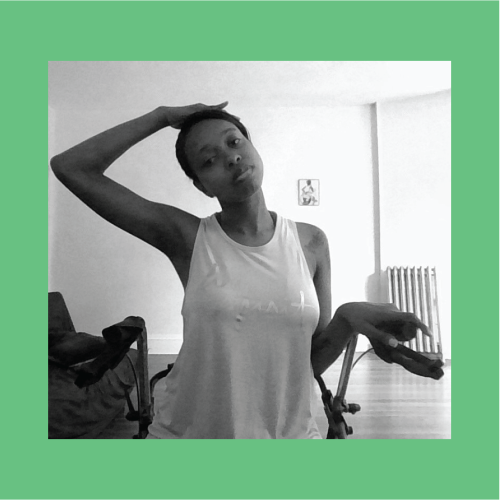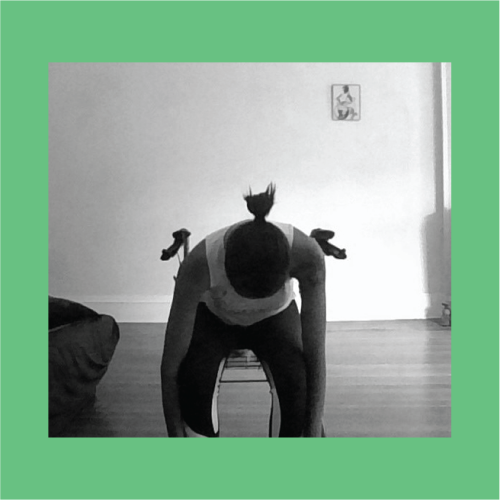Download PDF / Descargar PDF
2020 has been an incredible year, unlike any in our history. This writing exercise and open mic activity calls for individuals to reimagine their present in order to dream toward a brighter and more autonomous future. Let’s get writing and enjoy an open mic for the entire family!
2020 ha sido un año increíble, como ningún otro en la historia. Este ejerci-cio de escritura y actividad a micró-fono abierto invita a volver a imaginar el presente para soñar con un futuro mejor y más autónomo. ¡Comenc-emos a escribir y a disfrutar de un micrófono abierto con toda la familia!
Materials/Materiales:
- Writing Utensil / Útiles para escribir
- Paper / Papel
- Make-shift “microphone” (any household item will do!) / “Micrófono” (¡cualquier artículo del hogar servirá!)
|
Instructions:
-
Gather your materials and find a cozy and quiet place to write.
-
Think of an occurrence of this year you’d like to change or something that you wish had not happened. It can relate to something as large as the pandemic, or a small mishap in your day. Once you have thought of some-thing, go ahead and write it down!
-
Write the story of that occurrence as it happened. Imagine you’re telling the story to your friend. When you get to the moment you’d like to change, in-sert a “miracle” or a moment of magic that changes the outcome.
-
Host an open mic (with your makeshift “microphone”) where you and others can share their writing aloud. You can organize this live with the people in your household, or plan a virtual open mic via video call with friends and family. Offer snaps and applause for some of your favorite moments.
|
Instrucciones:
- Reúne los materiales y busca un lugar cálido y tranquilo de tu casa para escribir.
- Piensa en un hecho que haya ocurrido este año y que te gustaría cambiar o en algo que desearías que no hubiese suce-dido. Puede estar relacionado con algo tan importante como la pandemia o con un pequeño contratiempo en tu día. Una vez que hayas pensado en algo, ¡comien-za a escribir acerca de eso!
- Escribe una historia sobre este hecho tal como sucedió. Imagina que le estás con-tando esta historia a un amigo. Cuando llegues al momento que quisieras cambi-ar, inserta un “milagro” o un momento de magia que cambie el resultado.
- Presenta una sesión de micrófono abier-to (con tu “micrófono” casero) para que tú y los demás compartan en voz alta lo que escribieron. Puedes organizarla en vivo, con las personas que viven en tu hogar, o planear una sesión de micrófono abierto virtual con amigos y familiares. Saca fotografías y aplaude algunos de tus momentos favoritos.
|
Porsha Olayiwola is a writer, performer, educator, and curator who uses afro-futurism and surrealism to examine historical and current issues in the Black, woman, and queer diasporas. Olayiwola is the author of i shimmer sometimes, too and the current Poet Laureate for the City of Boston.
Porsha Olayiwola es una escritora, intérprete, educadora y curadora que examina temas históricos y actuales de las comunidades negras, de mujeres y homosexuales a través del afrofuturismo y el surrealismo. Porsha es la autora de i shimmer sometimes, too (a veces, también yo brillo) y es la Poeta Laureada actu-al de la ciudad de Boston.
